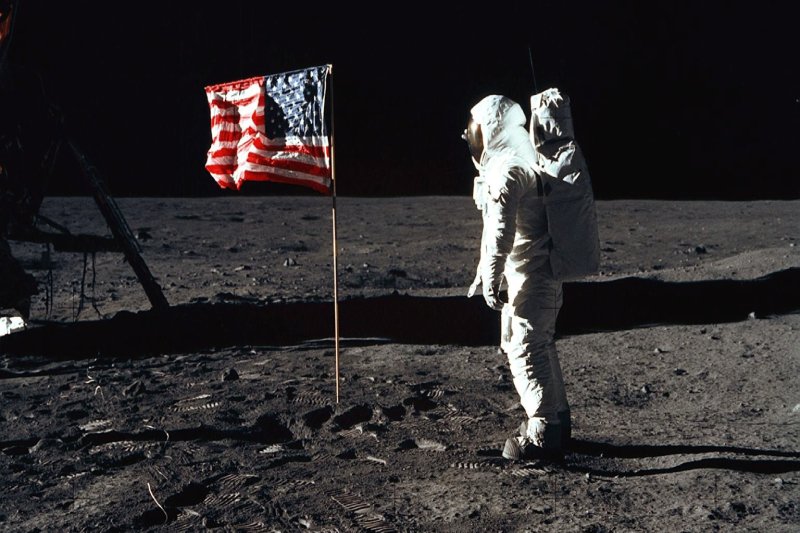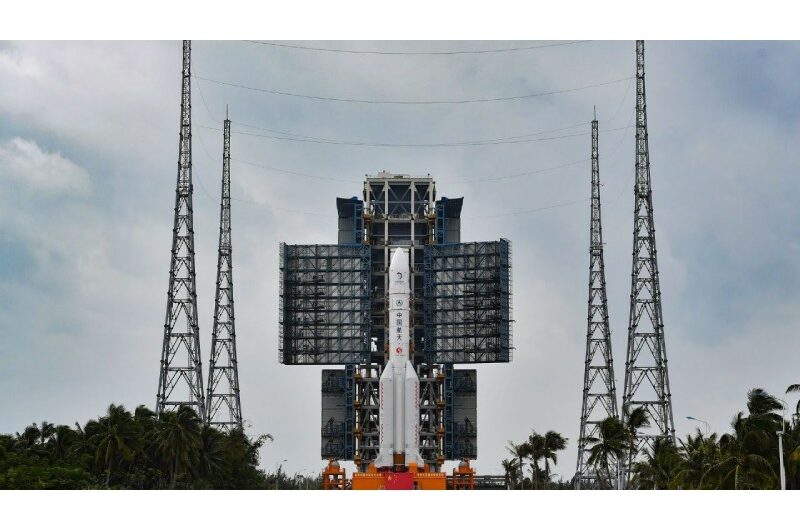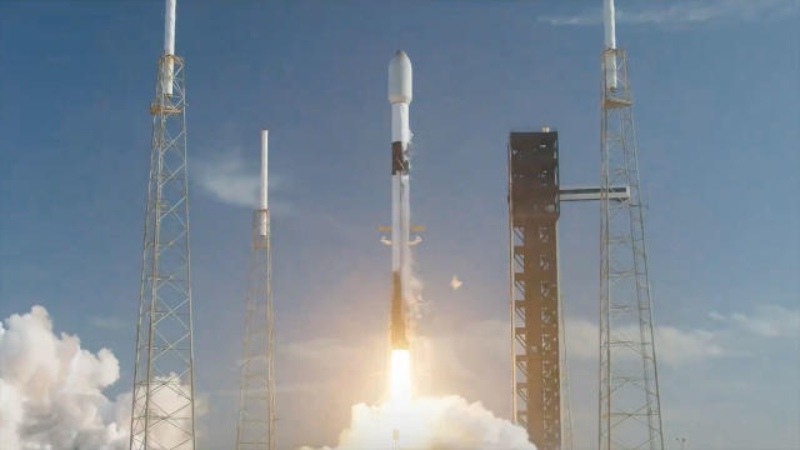A robotic lunar lander that was launched by a Houston-based corporation moved closer to the moon on Wednesday morning.
The spacecraft, Odysseus, was dragged into a circular orbit 57 miles above the moon by gravity after the company, Intuitive Machines, declared that it had burned its engine for six minutes and 48 seconds.
It is expected to land on the moon on Thursday. If everything goes according to plan, it will be the first American mission to land there since Apollo 17 in 1972 and the first commercial spacecraft to land there without incident.
How can I view the landing and when is it happening?
On Thursday at 5:30 p.m. Eastern time, Odysseus is anticipated to touch down on the lunar surface. (Late on Wednesday afternoon, Intuitive Machines made a 19-minute adjustment to the landing time based on the spacecraft’s final orbit.)
NASA is the primary client despite it being a private mission; the agency paid $118 million for the transport of six sensors to the moon. Coverage of the landing will be available on NASA TV starting on Thursday at 4 p.m.
Where will the spaceship touch down?
Odysseus is heading for a flat plain outside the Malapert A crater in the south polar zone. (Malapert A is a satellite crater of the larger Malapert crater, named for the Belgian astronomer Charles Malapert in the 17th century.)
The moon’s south pole is approximately 185 miles away from the landing point.
There are craters in that area that are always in darkness, and those that have water ice found in them are especially interesting. The equatorial areas have been the landing sites of previous American lunar expeditions.
In what way will Odysseus land?
The spacecraft will ignite its engines, causing its circular orbit to become elliptical, and descend to a distance of around six miles from the lunar surface. In the landing sequence, Odysseus will function entirely on its own from this point forward. The spaceship will coast for an hour before the engine restarts and the powered descent starts. It will need to reduce its initial velocity of approximately four thousand miles per hour.
Through the use of cameras, Odysseus will be able to track its location, compare crater patterns with previously stored maps, and measure its altitude by reflecting laser beams off the ground.
The spacecraft will turn to an upright position around 1.2 miles from the landing site, its sensors searching for a safe location.
Odysseus will only be able to sense acceleration forces for the final fifty feet or so of the descent using its inertial measurement units, which function as the spacecraft’s inner ear. In order to prevent being tricked by dust created by the exhaust of the engine, it will cease utilizing the camera and the altitude-measuring laser.
On the moon, what will the lander do?
The spacecraft’s mission will only last roughly seven days until the sun sets on the landing spot since solar panels provide the spacecraft’s electricity. Odysseus was not built to withstand the icy lunar night that would last for two weeks at that point.
The missions of the six NASA instruments that Odysseus brought to the moon are as follows:
- A system of laser retroreflectors that returns laser rays.
- An equipment known as a LIDAR that measures the spacecraft’s velocity and altitude precisely as it approaches the lunar surface.
- A stereo camera that will record footage of the dust plume created by Odysseus’ landing engines.
- A radio receiver operating at low frequencies that detects the impact of charged particles on radio signals in the vicinity of the lunar surface. The data it gathers could be useful in planning future lunar radio observations.
- Lunar Node-1, a beacon designed to showcase an autonomous navigation system.
- A device that measures fuel levels using radio waves inside the propellant tank.
Other payloads on board the lander include an artwork by Jeff Koons, a camera constructed by students at Embry-Riddle Aeronautical University in Daytona Beach, Florida, and a prototype device for a future moon telescope.
So far, how is the mission progressing?
For the most part, quite well.
Odysseus was launched toward the moon on February 15 by a SpaceX Falcon 9 rocket. The spaceship was able to successfully turn itself on after separating. As predicted by ground-based studies, the liquid oxygen propellant took longer to freeze down, delaying the first engine fire to test the propulsion system.
Engineers made modifications to the ignition process, and on February 16 the burn was executed successfully.
The spacecraft sent back pictures of Earth and the moon during its journey.
Twice more, on February 18 and 20, the engine was started by flight controllers in order to adjust the spacecraft’s trajectory toward the moon. The flight controllers opted not to make the scheduled third adjustment because the second attempt was accurate enough.
What is the spacecraft’s size?
The Intuitive Machines lander is a hexagon-shaped cylinder that is roughly five feet wide and fourteen feet tall, with six landing legs. The lander’s body is about the same size as the Tardis, the time-traveling spacecraft that resembles an antique British police phone booth from the exterior, for viewers of the science fiction television series “Dr. Who.”
When the lander was launched, its total weight with propellant was around 4,200 pounds.
Why isn’t this mission under NASA’s control?
Odysseus is a component of NASA’s Commercial Lunar Payload Services program, which spares NASA from developing and managing its own moon landers in exchange for allowing private businesses to deliver experiments to the moon.
As it gets ready for American astronauts to return to the moon as part of the Artemis program, the space agency anticipates that this strategy will be far less expensive and enable it to send out more missions more regularly.
Topics #NASA #US Moon Landing










